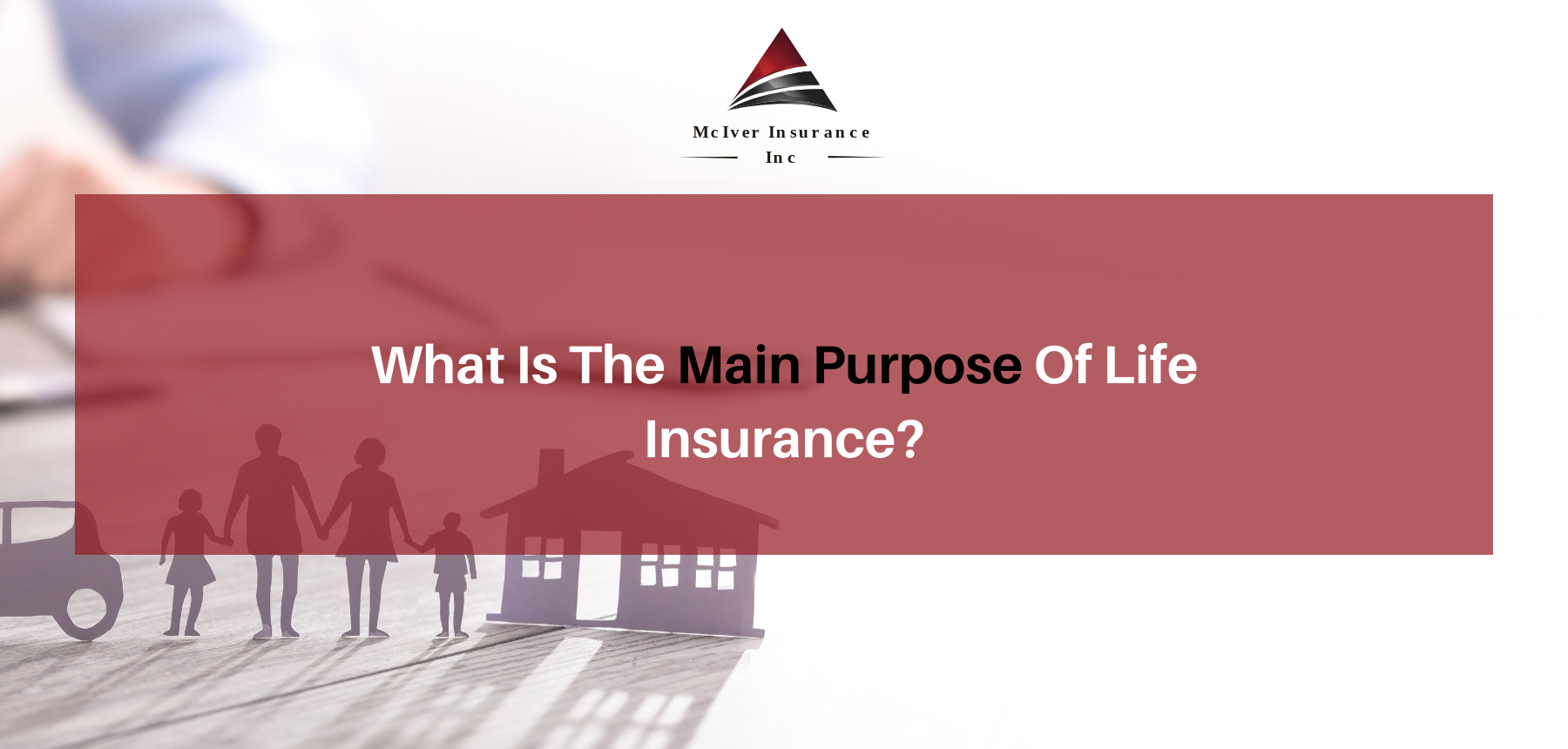Our Pacific Prime Ideas
Our Pacific Prime Ideas
Blog Article
The smart Trick of Pacific Prime That Nobody is Talking About
Table of ContentsPacific Prime Can Be Fun For EveryoneThe Single Strategy To Use For Pacific PrimeWhat Does Pacific Prime Mean?Excitement About Pacific PrimeSee This Report on Pacific Prime

This is due to the fact that the data were collected for a duration of solid financial efficiency. Of the approximated 42 million individuals that were without insurance, almost regarding 420,000 (concerning 1 percent) were under 65 years old, the age at which most Americans come to be qualified for Medicare; 32 million were grownups in between ages 18 and 65, about 19 percent of all adults in this age; and 10 million were kids under 18 years of age, about 13.9 percent of all children (Mills, 2000).
These quotes of the variety of individuals without insurance are generated from the yearly March Supplement to the Current Population Survey (CPS), carried out by the Census Bureau. Unless otherwise noted, national estimates of individuals without medical insurance and percentages of the populace with various sort of coverage are based on the CPS, one of the most commonly utilized resource of price quotes of insurance policy coverage and uninsurance prices.
A Biased View of Pacific Prime

Still, the CPS is specifically useful because it produces yearly price quotes relatively promptly, reporting the previous year's insurance policy coverage approximates each September, and since it is the basis for a regular collection of estimates for greater than twenty years, allowing for analysis of trends in insurance coverage over time. For these reasons, in addition to the considerable use the CPS in various other studies of insurance coverage that are offered in this report, we count on CPS quotes, with restrictions kept in mind.

The price quote of the number of uninsured individuals increases when a populace's insurance condition is tracked for numerous years. Over a three-year duration beginning early in 1993, 72 million individuals, 29 percent of the united state populace, were without coverage for at least one month. Within a single year (1994 ), 53 million people experienced at the very least a month without insurance coverage (Bennefield, 1998a)
6 out of every 10 uninsured adults are themselves used. Functioning does improve the chance that one and one's household participants will certainly have insurance, it is not a warranty. Even participants of families with two permanent wage income earners have almost a one-in-ten chance of being without insurance (9.1 percent uninsured rate) (Hoffman and Pohl, 2000).
The Best Guide To Pacific Prime
New immigrants account for a substantial proportion of individuals without medical insurance. One analysis has actually connected a considerable section of the current development in the size of the united state without insurance populace to immigrants that got here in the country between 1994 and 1998 (Camarota and Edwards, 2000). Current immigrants (those who involved the USA within the past 4 years) do have a high price of being uninsured (46 percent), however they and their children represent just 6 percent of those without insurance coverage country wide (Holahan et al., 2001).
The connection between medical insurance and access to care is well established, as recorded later on in this chapter. Although the partnership in between wellness insurance and wellness results is neither direct neither easy, a substantial medical and health services study literature web links medical insurance protection to better accessibility to care, better quality, and improved personal and populace wellness status.
Degrees of evaluation for taking a look at the impacts of uninsurance. This conversation of medical insurance coverage concentrates largely on the united state populace under age 65 due to the fact that basically all Americans 65 and older have Medicare or various other public coverage. Furthermore, it concentrates specifically on those without any health and wellness insurance policy for any size of time.
More About Pacific Prime
The troubles dealt with by the underinsured are in some respects comparable to those dealt with by the uninsured, although they are normally much less extreme. international health insurance. pop over here Uninsurance and underinsurance, however, include definitely different policy problems, and the techniques for resolving them might vary. Throughout this research study and the 5 records to comply with, the main emphasis is on persons without health insurance coverage and therefore no assistance in spending for healthcare past what is readily available with charity and safety and security internet organizations
Wellness insurance policy is a powerful factor affecting receipt of treatment since both individuals and physicians react to the out-of-pocket rate of solutions - https://www.pageorama.com/?p=pacificpr1me. Medical insurance, nevertheless, is neither required nor enough to get to clinical solutions. Nevertheless, the independent and straight effect of medical insurance coverage on access to health and wellness services is well developed.
Others will certainly get the healthcare they require also without medical insurance, by paying for it expense or seeking it from providers that use care free or at extremely subsidized prices. For still others, medical insurance alone does not guarantee receipt of care because of other nonfinancial obstacles, such as an absence of health and wellness care service providers in their community, restricted accessibility to transport, illiteracy, or etymological and social distinctions.
Unknown Facts About Pacific Prime
Official research study regarding uninsured populaces in the USA dates to the late 1920s and very early 1930s when the Committee on the Price of Healthcare generated a collection of records regarding funding physician workplace brows through and hospital stays. This problem ended up being salient as the numbers of clinically indigent climbed throughout the Great Clinical depression.
Report this page